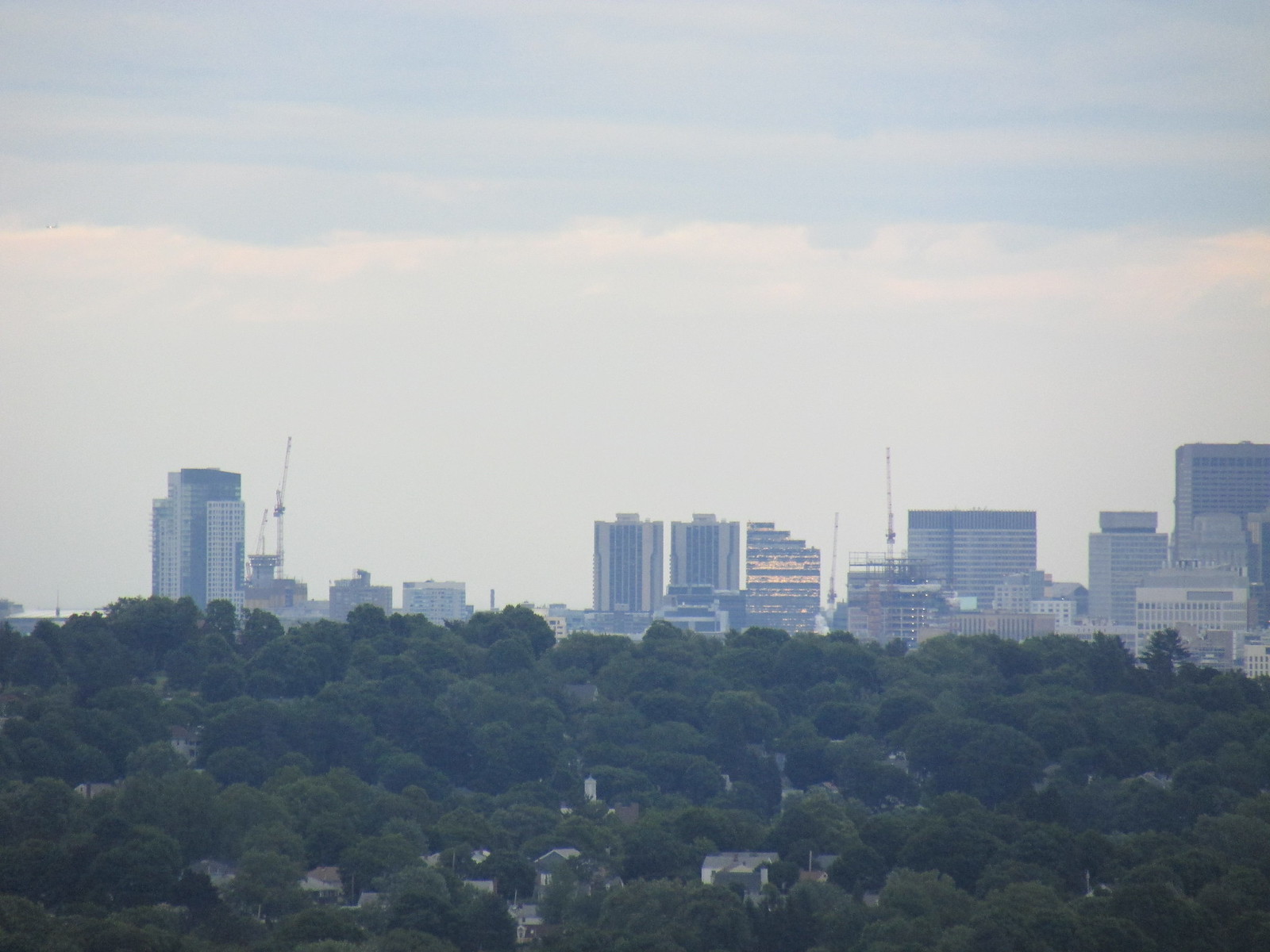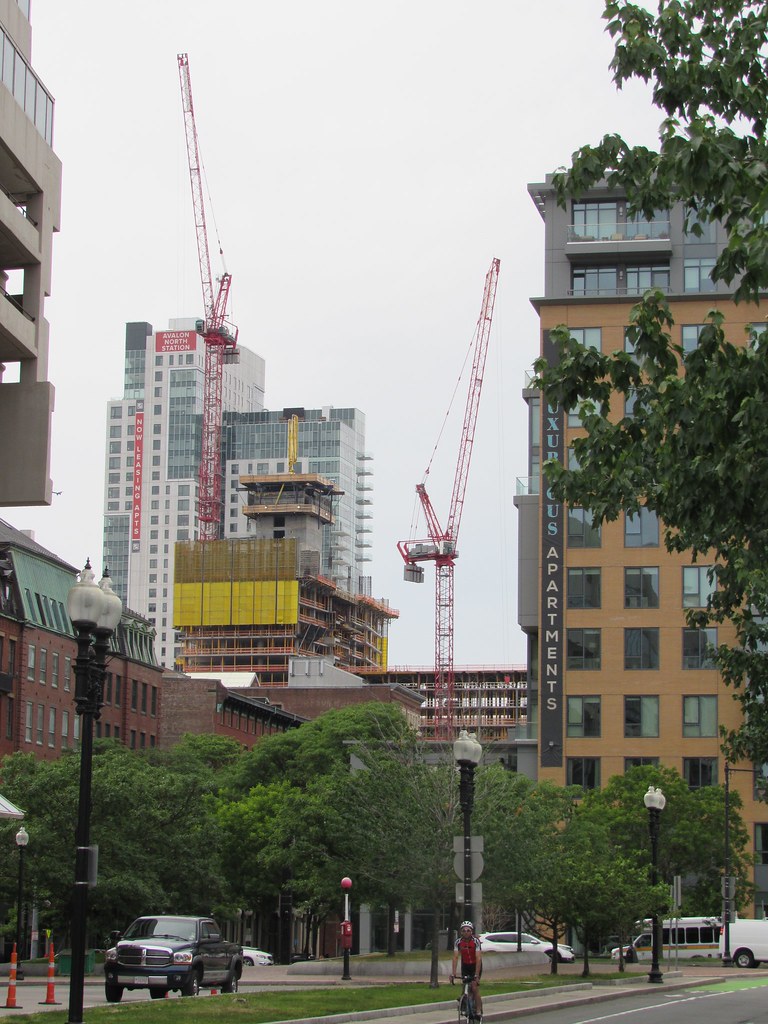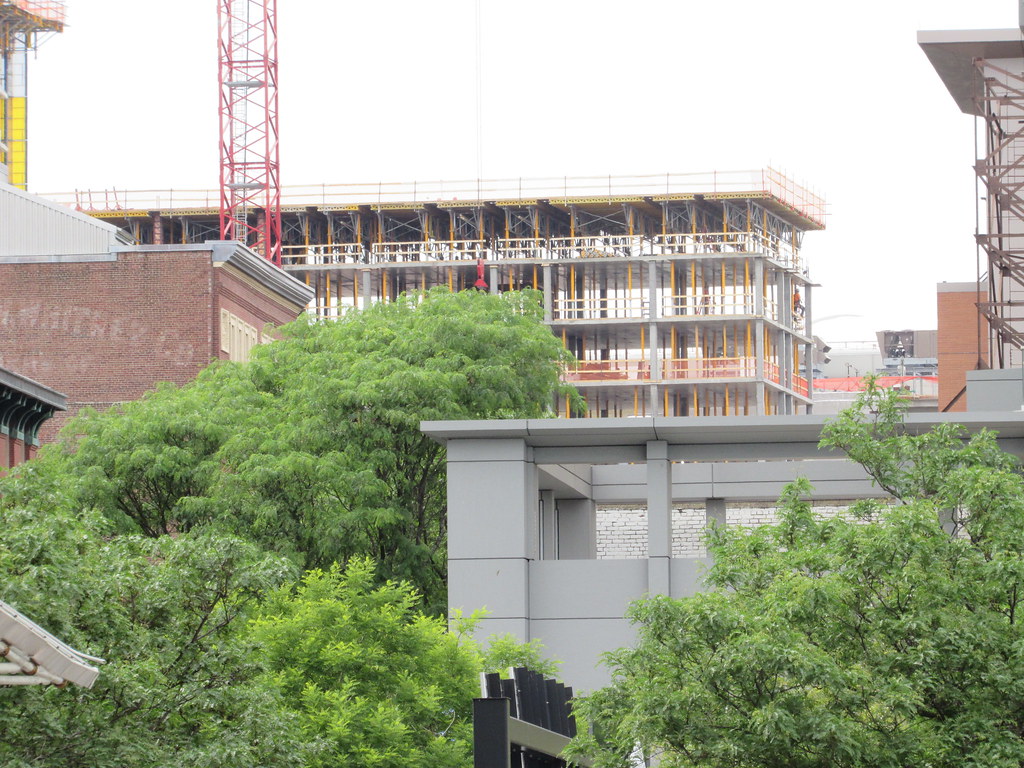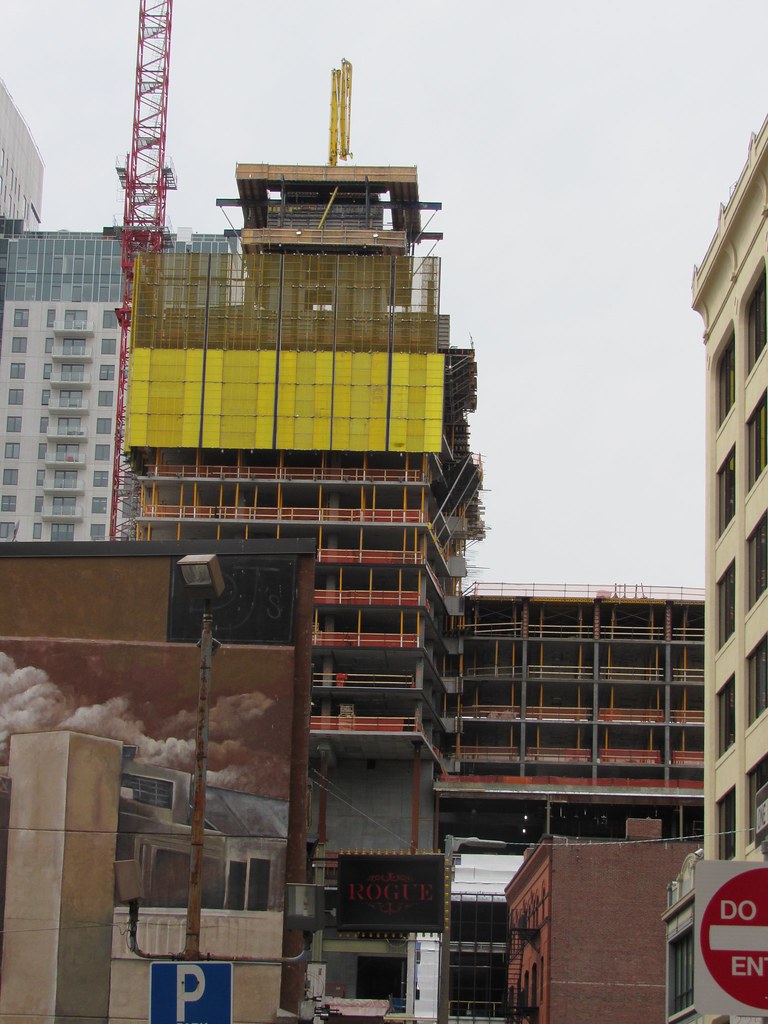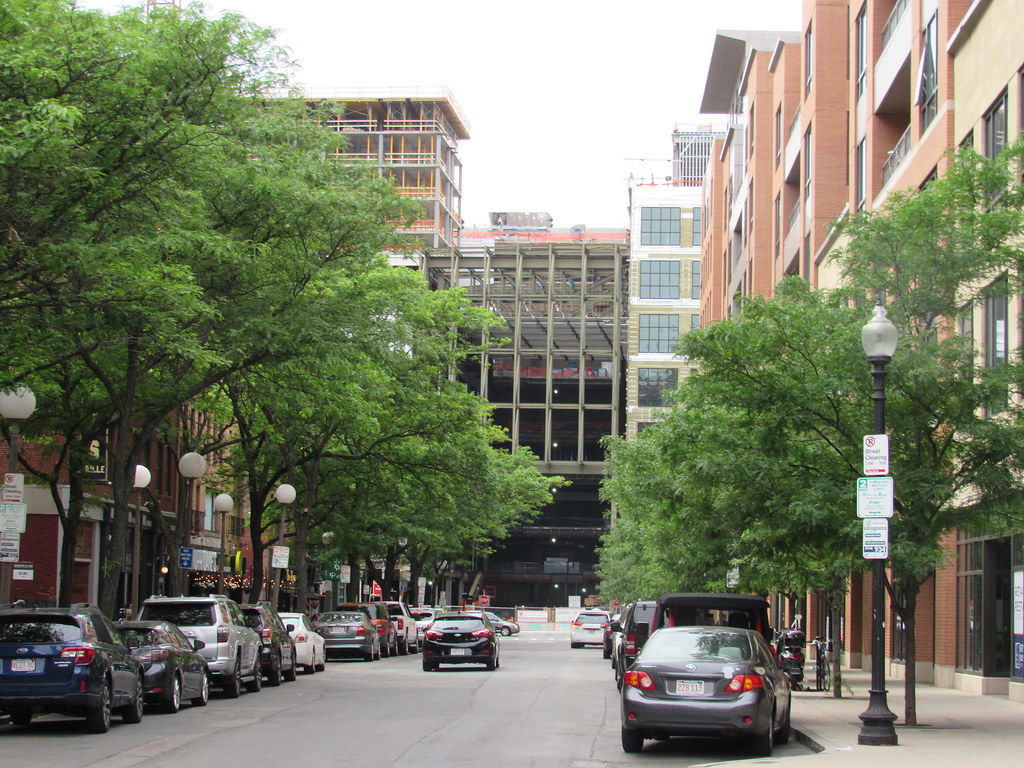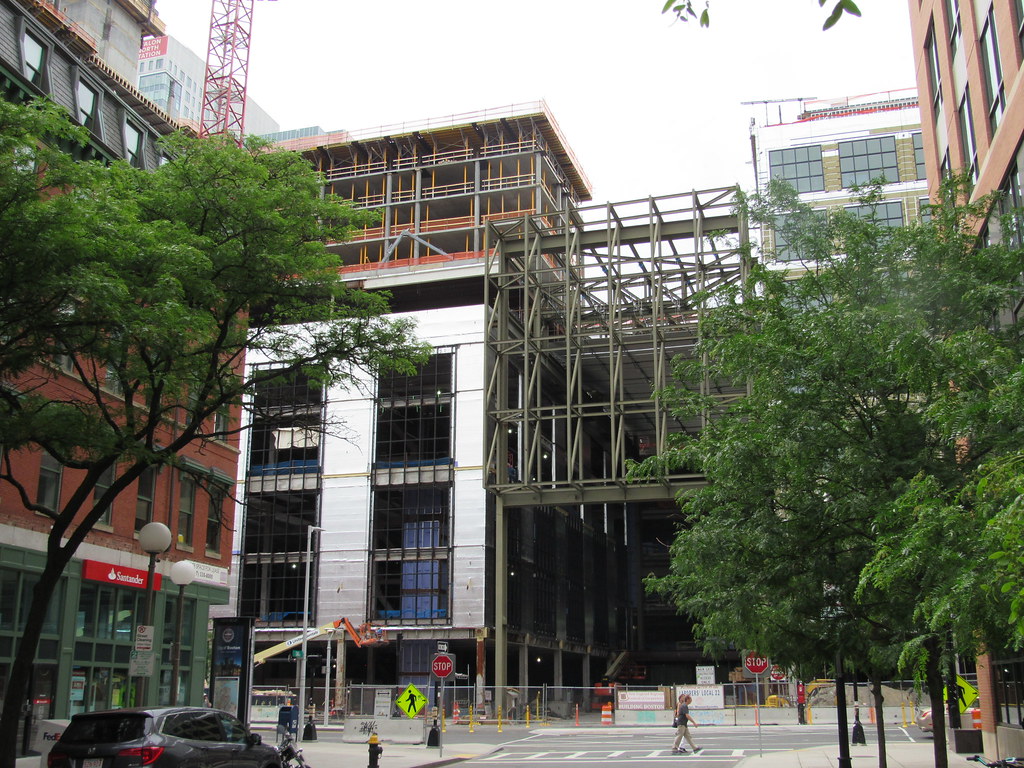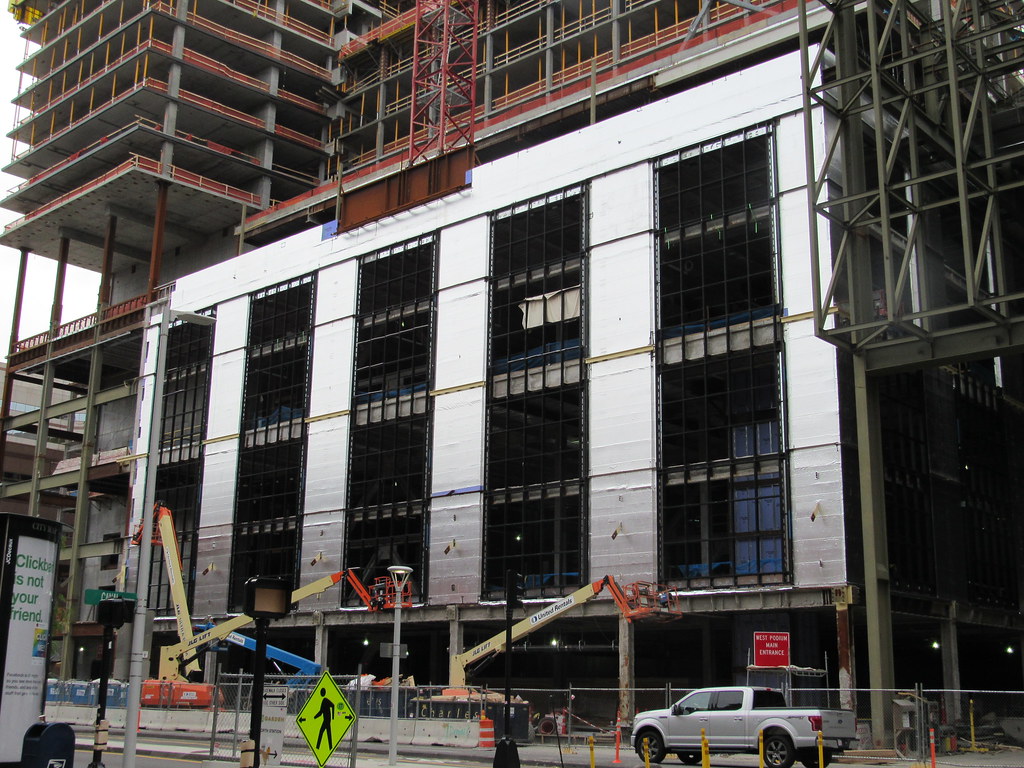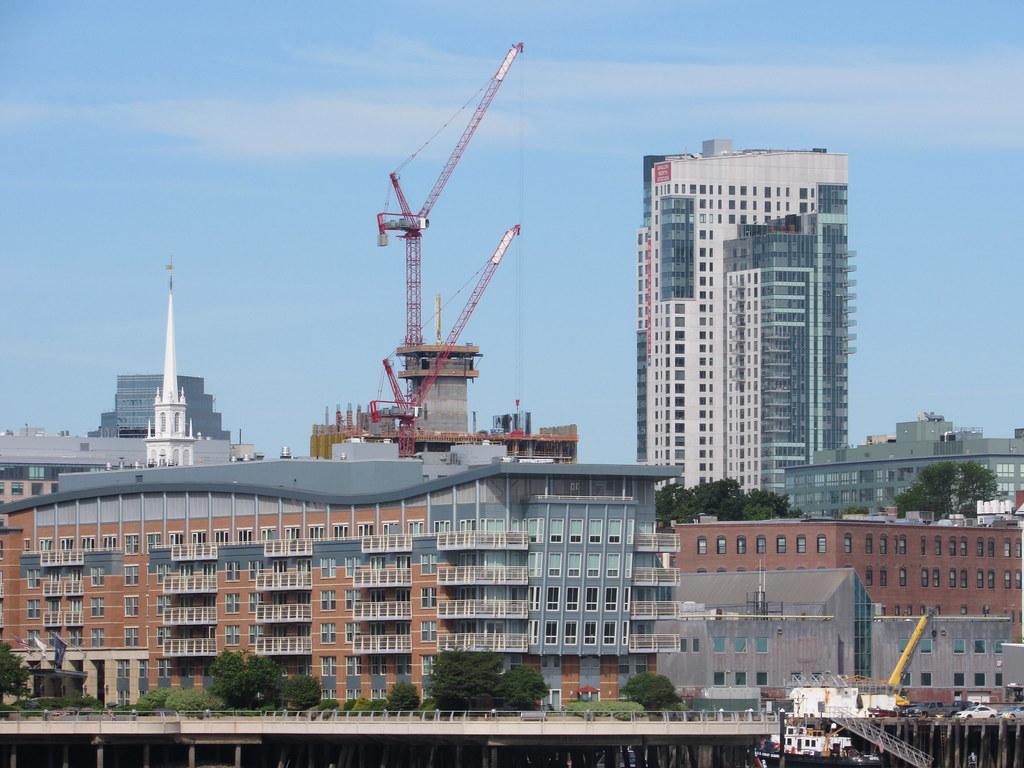Charlie_mta
Senior Member
- Joined
- Jul 15, 2006
- Messages
- 4,560
- Reaction score
- 6,481
I totally agree with tobyjug's assessment. City Hall, the Plaza, and Government Center (GC) in general came out of a time when there was a bold vision of the future, a radical and heroic departure from the past. Some would say it was taken a bit too far in the case of GC, but it was the spirit of the time.

